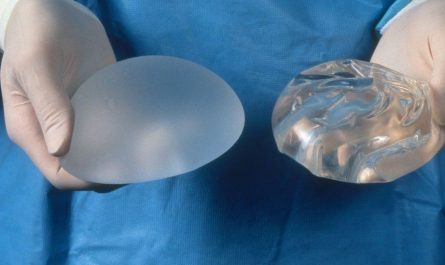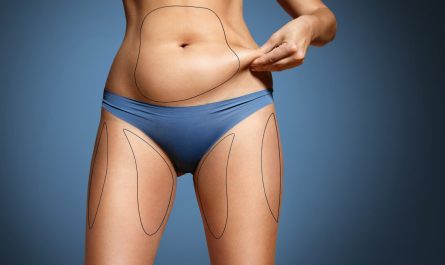Introduction:
Breast augmentation is a commonly performed cosmetic surgery to enhance and boost the size and shape of a woman’s breasts. While many women undergo this procedure to achieve their desired aesthetic goals, concerns often arise regarding the potential effect of breast augmentation on breastfeeding. As breastfeeding holds significant health benefits for both the mother and the child, it’s crucial to understand the relationship between breast augmentation and breastfeeding. Let us look deeper into this:
Understanding Breast Augmentation:
Breast augmentation is a procedure that typically involves the insertion of implants to enhance breast size or improve breast shape. The surgery can be performed through various techniques, including the use of saline or silicone implants and different incision placements.
Key Considerations for Breastfeeding:

Incision Placement:
- The choice of incision placement can influence breastfeeding success.
- Incisions made around the areola or under the breast are less likely to interfere with milk ducts and nerves, reducing the potential impact on breastfeeding.
Implant Placement:
- Implants can be placed either behind the breast tissue or behind the chest muscle.
- Submuscular placement may be associated with fewer breastfeeding complications, as it minimizes interference with milk production and flow.
Nipple Sensation:
- Changes in nipple sensation after breast augmentation may occur, which could affect the let-down reflex during breastfeeding.
- It’s essential to discuss potential changes in nipple sensitivity with the surgeon and consider their impact on breastfeeding.
Milk Supply:
- Factors such as stress, inadequate nutrition, and insufficient breastfeeding practices can affect milk production. Mothers with breast implants should be attentive to their overall health and well-being.
Challenges and Solutions:
Difficulty in Latching:
- Some women with breast implants may experience challenges with infant latching due to changes in breast tissue consistency.
- Consulting with a lactation consultant can help address any latching issues and provide guidance on optimal breastfeeding positions.
Milk Duct Disturbance:
- Surgical procedures may disrupt milk ducts, potentially affecting milk flow.
- Regular breast massage and consultation with a lactation specialist can help improve milk flow.
Implant Safety:
- Regular monitoring and follow-ups with the surgeon are recommended.
Conclusion:
Breast augmentation and breastfeeding can coexist successfully with careful consideration and planning. Open communication with the plastic surgeon and seeking guidance from healthcare specialists, such as lactation consultants, can help women make informed and wise decisions about breast augmentation while preserving their ability to breastfeed. Ultimately, the choice to undergo breast augmentation should align with individual preferences, taking into account the potential impact on future breastfeeding experiences.



